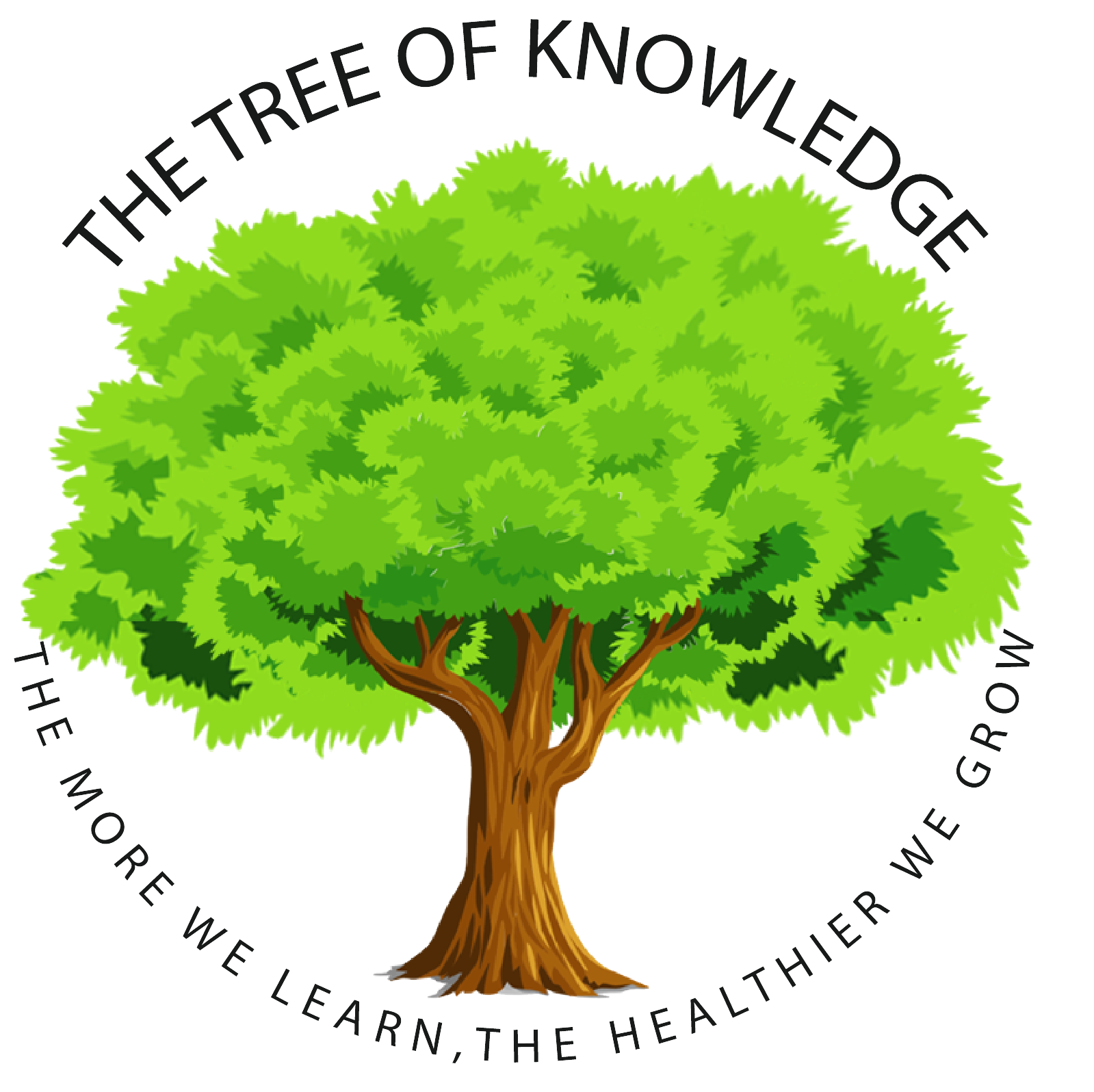Content
Team members should continue to deepen their knowledge and skills, including working to continuously improving team development. Accomplishments in team process or progress are measured and celebrated. Norms are only effective in controlling behaviors when they are accepted by team members.
Here are 6 ways Teamwork Spaces can power your marketing team. All groups must go through the initial four stages in order to become productive and deliver results. Services Services Leverage services that provide quick innovation with designs that work the first time—and stay reliable for years. Plus, having clearly defined goals makes it easier for workers to get in the zone later on. Clear goals will give them a guidepost to judge all their future action. Recognize and celebrate the team’s achievements, to make sure your work as a team ends on a positive note.
What is a brand voice? Plus, 7 tips to develop one
There’s a possibility of failure at the storming stage because it’s here that conflicts start to manifest. At the storming stage, members will start to feel comfortable around each other, share ideas, and learn how their colleagues operate in a team setting. At this stage, team leaders can begin delegating tasks easily and seeing growth within their teams. Team leaders need to ensure they address any major changes to reduce the possibility of digressing to earlier stages. Anticipating team efficiency can be tough, but understanding the needs of the individuals that comprise the teams allow leaders to keep their team at peak performance. The team meets and learns about the opportunities and challenges, and then agrees on goals and begins to tackle the tasks.
By far, well-oiled teams are more effective than any single individual could ever be. They’re better able to complete large-scale, complex tasks; they can pool ideas and build upon them; and they utilize resources much more efficiently. All of this helps drive productivity, efficiency and innovation in an era that demands quickness and adaptability in the face of change. This stage can be the most satisfying and fulfilling stage in the lifecycle of a team. The team members have all learned each other’s strengths and weaknesses and can use this knowledge to everyone’s advantage.
- Storming is about asserting yourself, having opinions, being passionate and being competitive.
- But over time, they learn to respect each other and work as a team.
- The Tuckman model has been used by organizations ever since to help them manage team development and create well-functioning organizations.
- Create open lines of communication between leadership and team members.
- You don’t wait to be told how to do your job – you determine the best way to meet your objectives and get on with it.
- Let’s look at the five stages of team development to unleash a team’s true potential.
During the Forming stage, much of the team’s energy is focused on defining the team so task accomplishment may be relatively low. Keep reminding the team to check in with each other regularly in person or via instant chat, but stay out of their way. They will waste time and lose their focus if they have to answer frequent, unscheduled questions about what are the four stages of team development what they’re working on. Encourage team members to develop a schedule filled with large blocks of time that are free from interruptions like meetings or check-ins. In this world of constant notifications, it’s easy for people to get derailed and forget which goals are really important. This is especially important for creative and development teams.
Each stage of team development doesn’t necessarily take just as much time as the one that comes after it, nor the one before it. This is where it’s important to level with individual contributors and truly get to know what’s going on. This is a great time to reflect on what makes a high-performing team able to accomplish tasks and move through obstacles. Your team needs to communicate clearly and, rely on one another rather than turn on each other. This is a crucial point in team development where leaders can pinpoint bottlenecks, areas of improvement and couple them with team strengths to build forward momentum. To properly and clearly identify these in group form, we use the 4 stages of team development.
Forming
The most commonly used framework for a team’s stages of development was developed in the mid-1960s by Bruce W. Tuckman. How did you know what behaviors were acceptable or what level of performance was required? Teams usually develop norms that guide the activities of team members. Team norms set a standard for behavior, attitude, and performance that all team members are expected to follow. The forming stage involves a period of orientation and getting acquainted.
Have an all-hands meeting to introduce all of these players, including remote team members , so everyone knows where to go for answers. Make sure you schedule the meeting at a time that’s as close to business hours as possible in each time zone. This is also a good time to clarify which times zones everyone works in so people don’t have to wait an entire day for an answer to important questions.

Hopefully, your team’s purpose or desired outcome is understood by this point. Now it’s time to make sure everyone understands the incremental milestones on the way to your goal, and what their role is in helping the team get there. Clarity as to what success looks like at each milestone will give your team a much-needed confidence boost.
How Can Leaders Help at the Forming Teams Stage?
Similarly, establish ground rules and make sure they’re followed. When each of the five stages is carried through, your group will feel more in sync and be a high-functioning unit. No one is afraid to ask a question, bring up a concern, or pose a new way of going about certain tasks. Everyone can bring their whole self to the team, play to their strengths, and will step up and help one another when it’s needed.
In this initial stage, group members gather and learn more about each other. Though some people might refer to the forming stage as “the honeymoon stage” of team building, it more closely resembles a first date. Teammates meet, discover group member strengths and weaknesses, explore the basics of the project, and form group goals. Group members designate roles and delegate responsibilities with help from team leaders. At The Bailey Group, the Tuckman model sits at the heart of the team development process we utilize in helping our clients to bring teams together and move to high-performance quickly. We give them the tools they need to set realistic goals and expectations at each stage of team development and transform their teams into high-functioning, independent units.
Navigating through the five stages of group development isn’t a walk in the park. During the initial stages, in particular, there’ll be lots of conflicts, disagreements, and a clash of personalities. This is expected when people with different perspectives come together to work towards a common goal.
Why do some sources call team building a four stage process?
Team members refocus on established team groundrules and practices and return their focus to the team’s tasks. Teams may begin to develop their own language or inside jokes. Instead of letting team members battle it out in private messages select the best solution, be ready to invite them into a chat room to offer advice or ask some key questions. Very few team members will have your perspective on the entire project (or the full scope of your team’s segment of the project), so don’t be afraid to jump in. When you do find a good solution or process to help resolve difficult situations, make sure you document those immediately.

Uncertainty is high during this stage, and people are looking for leadership and authority. A member who asserts authority or is knowledgeable may be looked to take control. Team members are asking such questions as “What does the team offer me? ” Most interactions are social as members get to know each other. At the end of the project, set up an online meeting where team members come together to discuss the entire project, from the successes to the frustrations. Ask them to prepare examples beforehand outlining what worked and what didn’t, and then give each person five minutes to share their thoughts.
Module 8: Groups, Teams, and Teamwork
After working through the significant issues, the group begins to coalesce and actually work as a team, supporting each other, and this is known as the Norming stage. During this phase of team building, responsibilities are clearly defined and the team begins to map out a plan to achieve its goals. The team’s leader is more engaged in team building at this stage to make sure everyone understands the plan.
Employee Motivation Through Amazing Feedback
Allow the team to provide constructive feedback to the team leader, the HR team, and any other relevant staff members not directly on the project team. This stage occurs when https://globalcloudteam.com/ team members are adjusting to each other and settling into their roles on the project. There will be a lot less arguing and planning and more working with one another.
The 5 Stages of Team Development DEFINED [+ Expert Advice]
Given these conflicting feelings, individual and team morale may rise or fall throughout the ending stage. It is highly likely that at any given moment individuals on the team will be experiencing different emotions about the team’s ending. During the Forming stage of team development, team members are usually excited to be part of the team and eager about the work ahead. Members often have high positive expectations for the team experience.
What makes the Tuckman model so successful?
Discover all templates Made to solve challenges quickly and build stronger relationships with your team. The team needs clarity and connection more than anything else at this stage. Take the time to call out assumptions about the work and how you’ll work together. Solving problems face-to-face instead of over email or chat is a good investment right now because you’ll get a richer sense of who your teammates are as people.


